Integrated Data for Efficient and Sustainable Construction
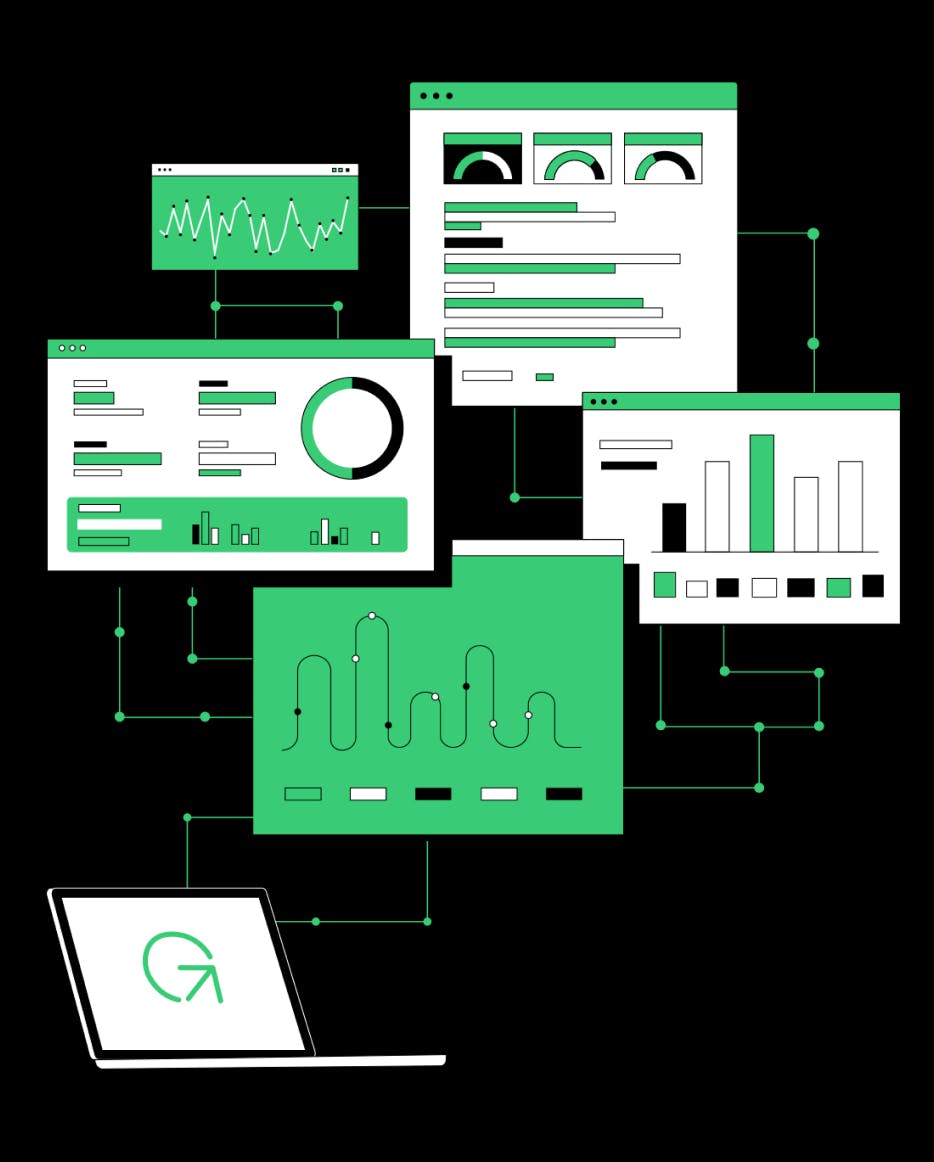
Who we are?
GrowingCircle Data Driven Construction to Circular Economy
To enhance the digitalization trends in the construction sector it is necessary to develop mechanisms to foster information systematization, integration, management, maintenance and tracking about the built objects and the construction products that compose them.
Digital Data Templates or Data Templates are the standard and interoperable metadata structures with the capability of responding to these challenges, contributing to the effective implementation of more circular, more efficient and environmentally friendly practices.
The project is promoted by IC – Instituto da Construção, Portugal with NTNU – Trondheim University , Norway as partner.

Project approved under the EEA Grants 2014-2021“
Environment, Climate Change and Low Carbon Economy Programme”
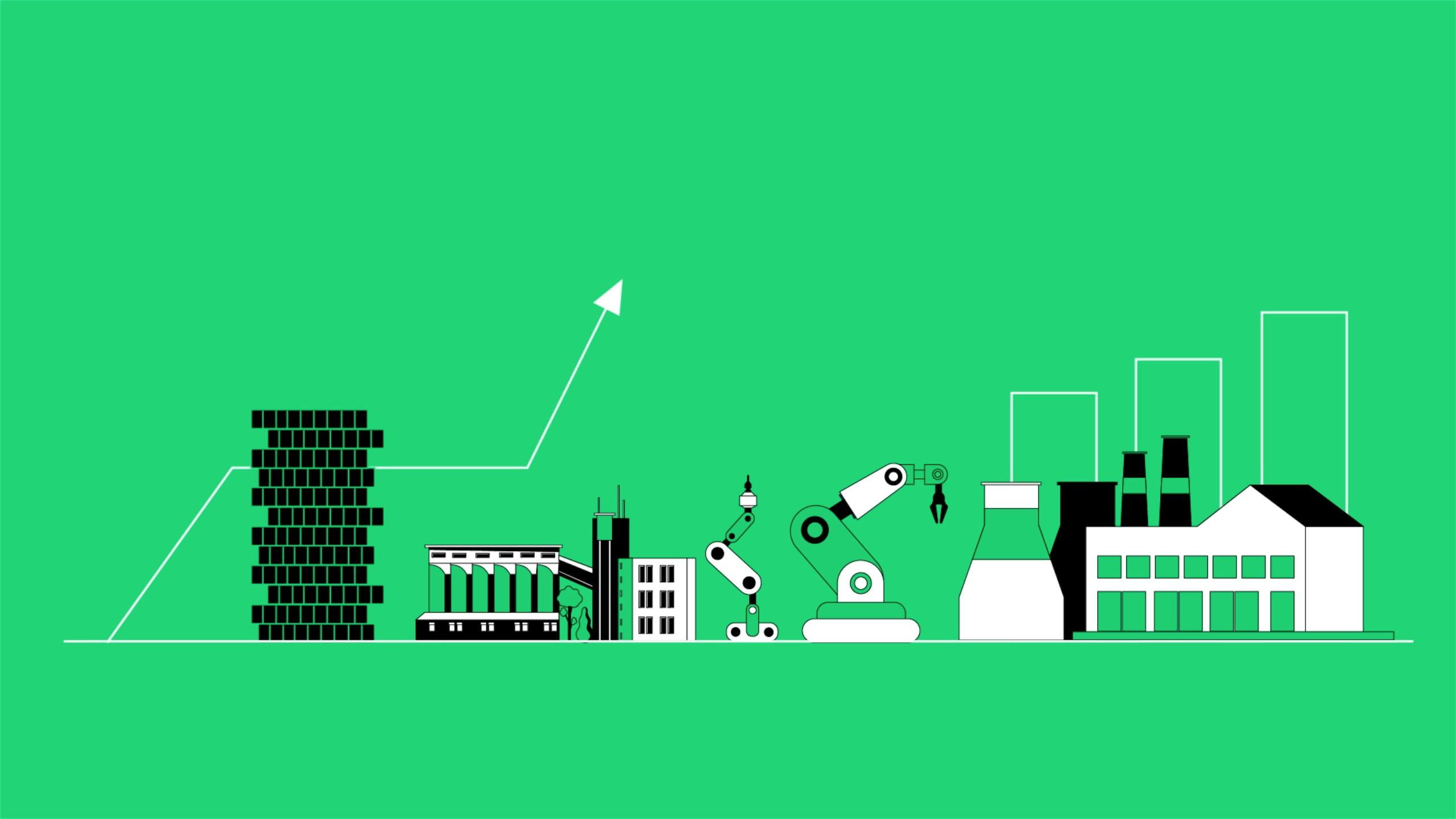
What we want?
A future based in a more efficient Construction Industry
The GrowingCircle project aims to highlight the added value of Data Templates through its implementation in several case studies, from design to construction, and inherent impacts for the use phase and eventual buildings decommissioning.
Data templates
Bringing Value, Efficiency and Circularity to the Construction Industry
The absence of constructions related data and of a common thread throughout the construction process entails increased risks for the use phase. Furthermore, it introduces inefficiencies and impacts on efficiency, sustainability and implementation of more circular practices.
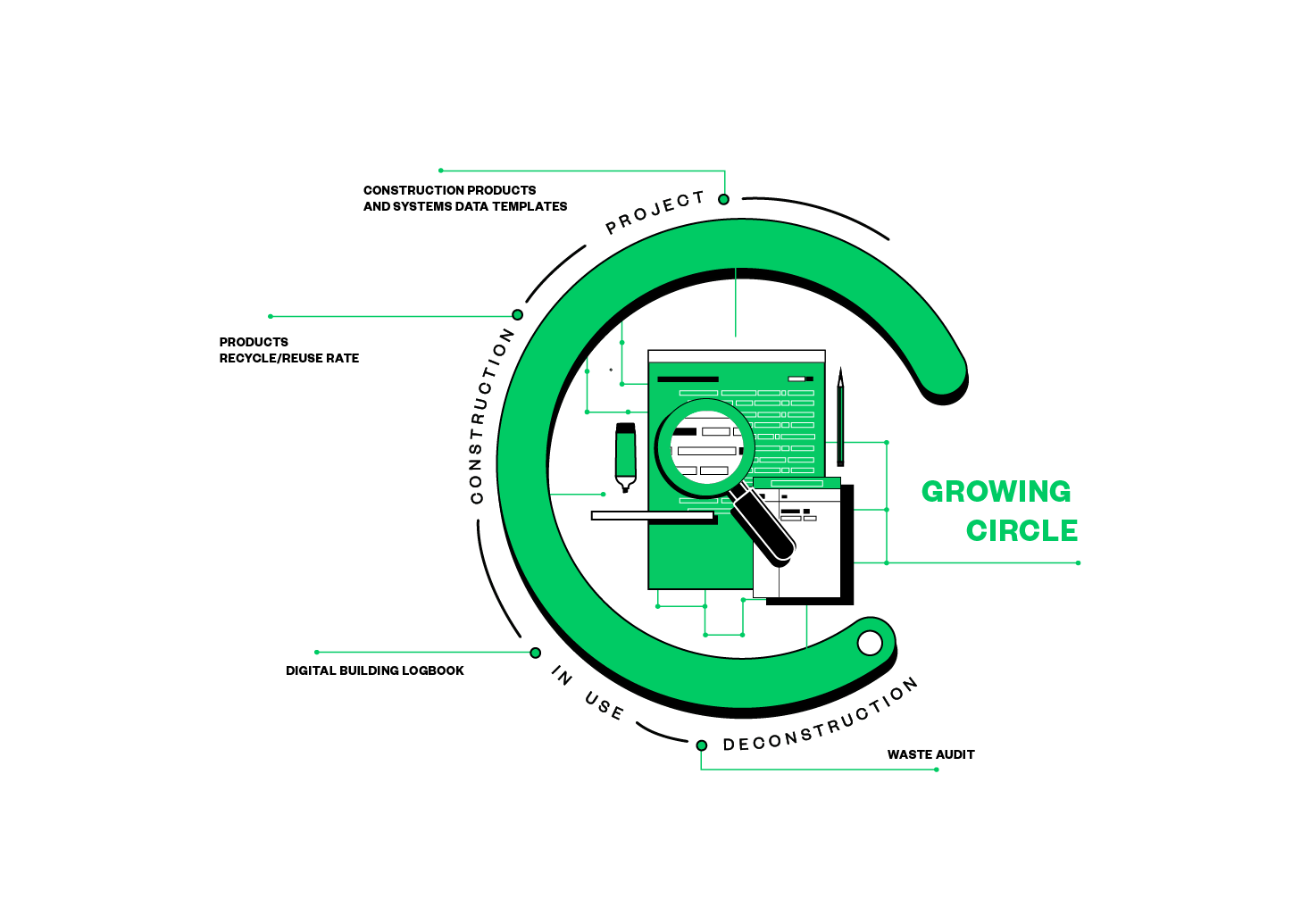

With Data Templates
Without Data Templates

With Data Templates

Without Data Templates
Our Process
Construction Information Management to Enhance Digital Twins enabling Circular Construction
- DT
Data Templates
Data Templates (DT) are digital and standardized data structures used to describe the characteristics of construction products, systems or others, based on reliable sources of information, as standards, regulations or other references. (based on ISO 23386)
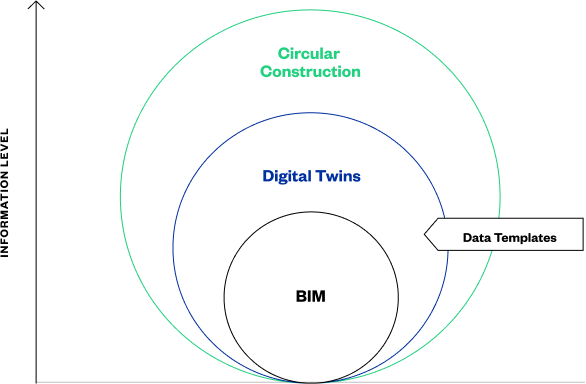
- DBL
Digital Building Logbook
A Digital Building Logbook (DBL) is a common repository for all relevant building data. It is a dynamic tool that allows a variety of data. It can include traceability mechanisms, characteristics of construction products, performance data, smart building potential and lifecycle emissions. (Final Report on European Union for DBL)

- DT
Digital Twin
Digital Twin is a concept where a platform connects through sensors the physical assets to cyberspace allowing the collection, processing, analysis of data to simulate and control those assets. Based on this, the Digital twin construction (DTC) is envisaged as a new mode for managing production in construction, leveraging the data streaming to provide accurate status information and to proactively analyze and optimize ongoing design, planning, production and use.

- CC
Circular Construction
Circular Construction is the concept of Circular Economy applied to this sector. Sets a production and consumption value-chain promoting the sustainable use of resources in closed cycles powered by renewable energy sources, regenerating ecosystems and ensuring social progress.

Funding

 {
"dimensions": {
"width": 1471,
"height": 1057
},
"alt": null,
"copyright": null,
"url": "https://images.prismic.io/growingcircle/96e3d639-1d55-4d38-8332-63ab1ce164fe_en-ambiente.png?auto=compress,format",
"id": "YTiGhhUAACIAt2g5",
"edit": {
"x": 0,
"y": 0,
"zoom": 1,
"background": "transparent"
}
}
{
"dimensions": {
"width": 1471,
"height": 1057
},
"alt": null,
"copyright": null,
"url": "https://images.prismic.io/growingcircle/96e3d639-1d55-4d38-8332-63ab1ce164fe_en-ambiente.png?auto=compress,format",
"id": "YTiGhhUAACIAt2g5",
"edit": {
"x": 0,
"y": 0,
"zoom": 1,
"background": "transparent"
}
}
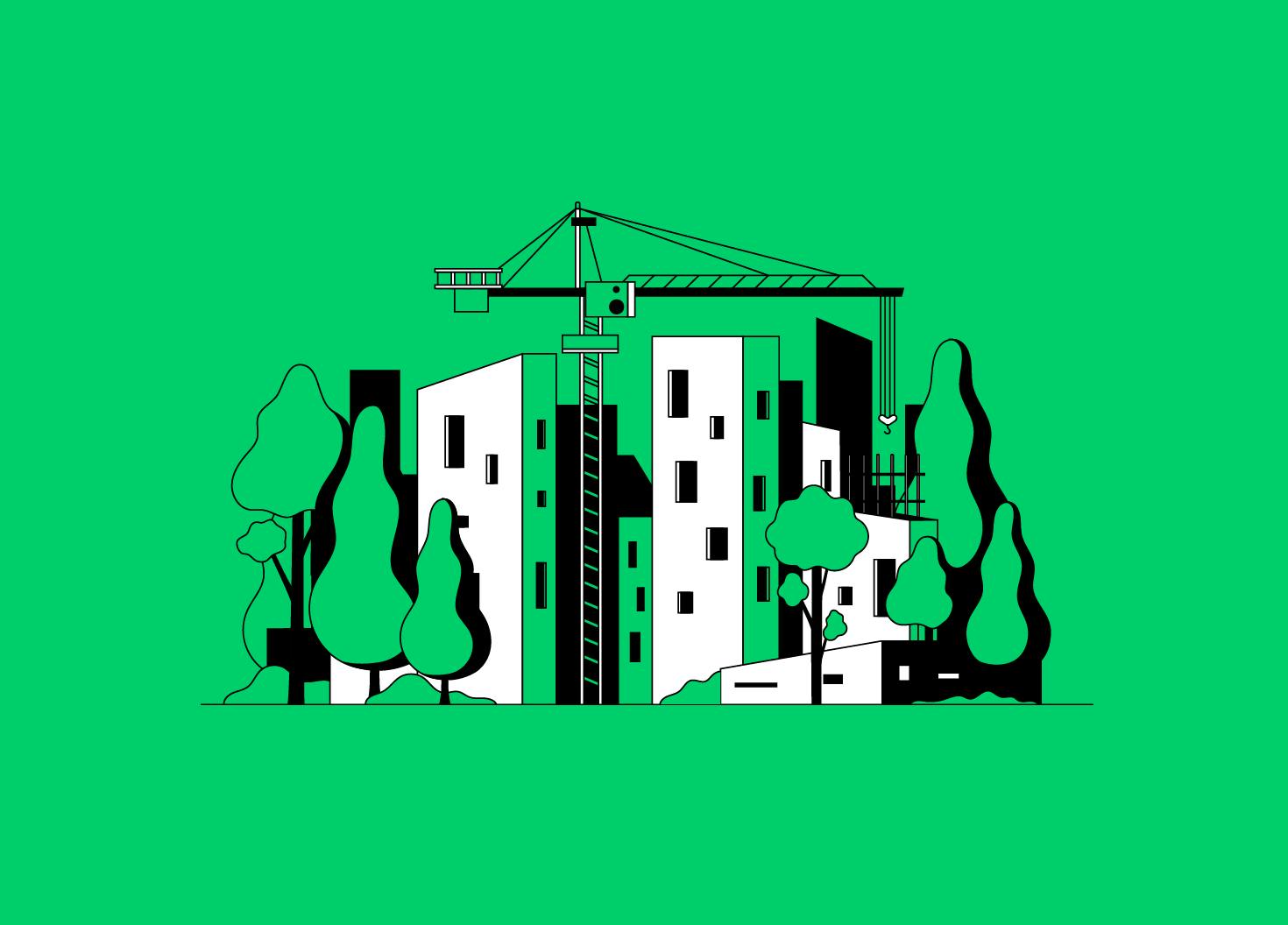 {
"dimensions": {
"width": 1470,
"height": 1056
},
"alt": null,
"copyright": null,
"url": "https://images.prismic.io/growingcircle/52ba573f-e0f2-4ddd-a13e-0d5d6cfef673_construc%CC%A7a%CC%83o.png?auto=compress,format",
"id": "YNyWpBAAACgAIVQY",
"edit": {
"x": 0,
"y": 0,
"zoom": 1,
"background": "transparent"
}
}
{
"dimensions": {
"width": 1470,
"height": 1056
},
"alt": null,
"copyright": null,
"url": "https://images.prismic.io/growingcircle/52ba573f-e0f2-4ddd-a13e-0d5d6cfef673_construc%CC%A7a%CC%83o.png?auto=compress,format",
"id": "YNyWpBAAACgAIVQY",
"edit": {
"x": 0,
"y": 0,
"zoom": 1,
"background": "transparent"
}
}
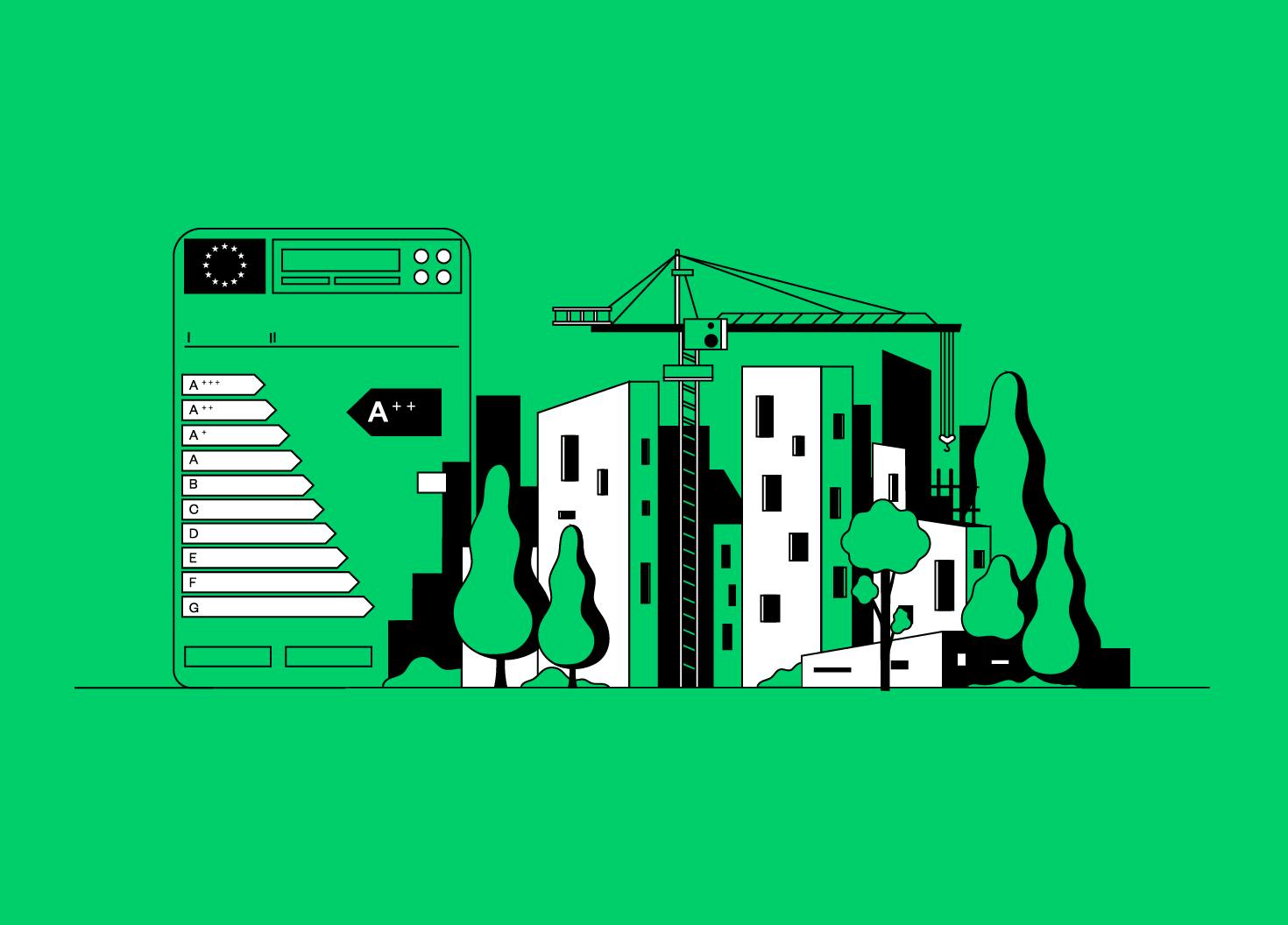 {
"dimensions": {
"width": 1470,
"height": 1056
},
"alt": null,
"copyright": null,
"url": "https://images.prismic.io/growingcircle/bea86c4b-8f89-4c68-93fe-1f185b50a742_eficiente.png?auto=compress,format",
"id": "YNyWthAAACUAIVRp",
"edit": {
"x": 0,
"y": 0,
"zoom": 1,
"background": "transparent"
}
}
{
"dimensions": {
"width": 1470,
"height": 1056
},
"alt": null,
"copyright": null,
"url": "https://images.prismic.io/growingcircle/bea86c4b-8f89-4c68-93fe-1f185b50a742_eficiente.png?auto=compress,format",
"id": "YNyWthAAACUAIVRp",
"edit": {
"x": 0,
"y": 0,
"zoom": 1,
"background": "transparent"
}
}
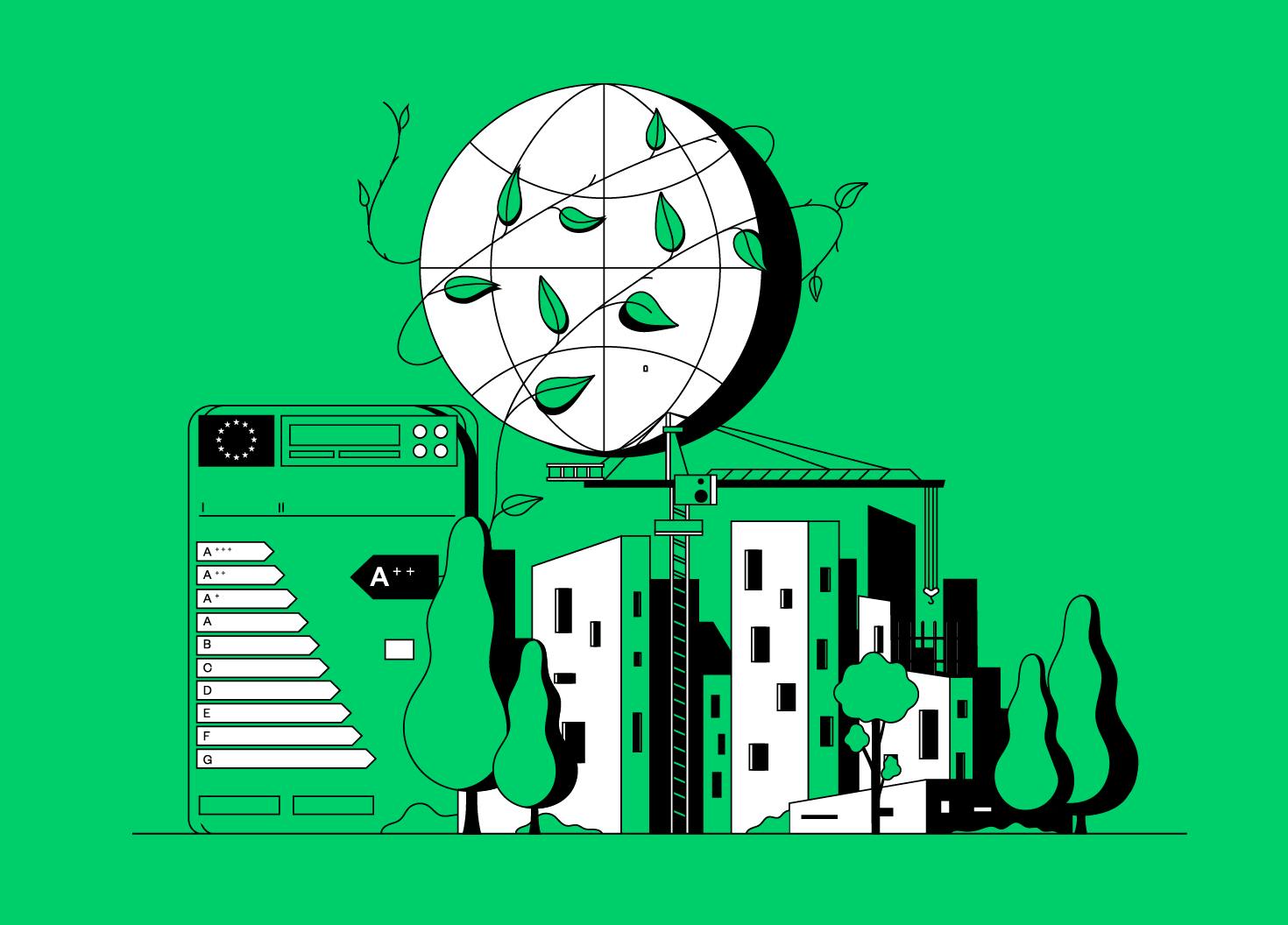 {
"dimensions": {
"width": 1470,
"height": 1056
},
"alt": null,
"copyright": null,
"url": "https://images.prismic.io/growingcircle/f727fbcd-7dda-4b19-bd1e-95a8ea6c7655_sustenta%CC%81vel.png?auto=compress,format",
"id": "YNyW4xAAACcAIVUt",
"edit": {
"x": 0,
"y": 0,
"zoom": 1,
"background": "transparent"
}
}
{
"dimensions": {
"width": 1470,
"height": 1056
},
"alt": null,
"copyright": null,
"url": "https://images.prismic.io/growingcircle/f727fbcd-7dda-4b19-bd1e-95a8ea6c7655_sustenta%CC%81vel.png?auto=compress,format",
"id": "YNyW4xAAACcAIVUt",
"edit": {
"x": 0,
"y": 0,
"zoom": 1,
"background": "transparent"
}
}
 {
"dimensions": {
"width": 1470,
"height": 1056
},
"alt": null,
"copyright": null,
"url": "https://images.prismic.io/growingcircle/92d2cc7f-ea31-49c8-ad18-a9dad1391ffd_intergrac%CC%A7a%CC%83o-da-informac%CC%A7a%CC%83o.png?auto=compress,format",
"id": "YNyWyBAAACEAIVS0",
"edit": {
"x": 0,
"y": 0,
"zoom": 1,
"background": "transparent"
}
}
{
"dimensions": {
"width": 1470,
"height": 1056
},
"alt": null,
"copyright": null,
"url": "https://images.prismic.io/growingcircle/92d2cc7f-ea31-49c8-ad18-a9dad1391ffd_intergrac%CC%A7a%CC%83o-da-informac%CC%A7a%CC%83o.png?auto=compress,format",
"id": "YNyWyBAAACEAIVS0",
"edit": {
"x": 0,
"y": 0,
"zoom": 1,
"background": "transparent"
}
}


